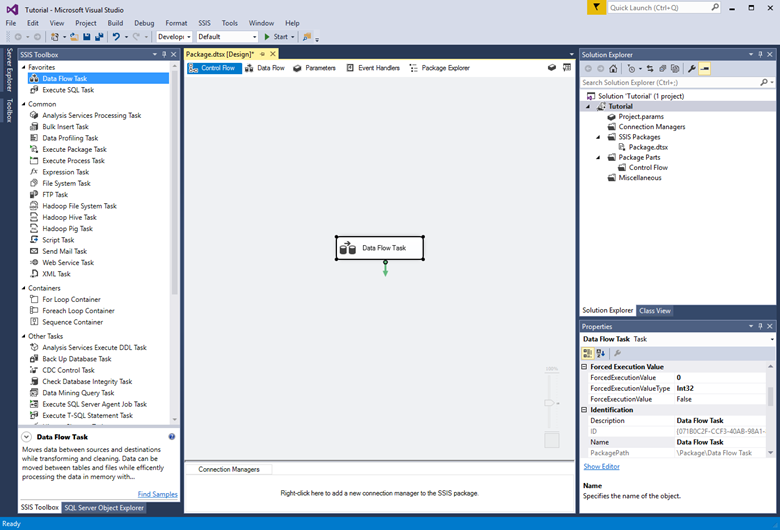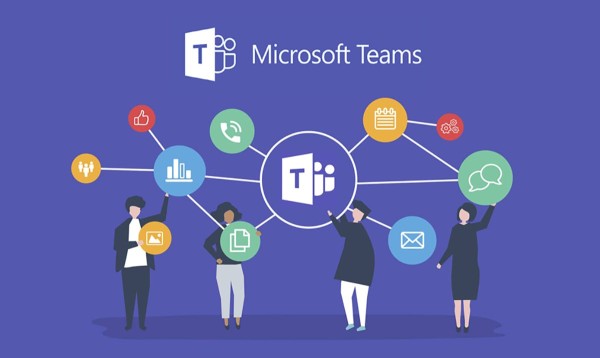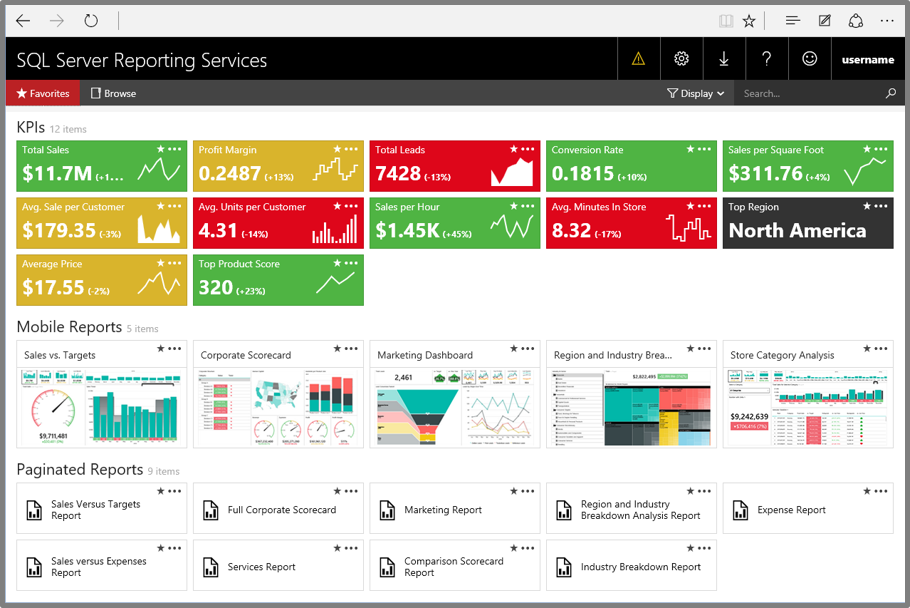
SQL Server Integration Services (SSIS) stands out as a pivotal tool for organizations aiming to streamline data integration and transformation workflows. Tailored for complex enterprise environments, SSIS supports diverse data sources, including relational databases like SQL Server, Oracle, and MySQL, as well as flat files and cloud-based repositories.
One of the tool's notable strengths lies in its comprehensive library of tasks and transformations. Developers can utilize drag-and-drop functionality to design workflows, incorporating operations such as data cleansing, validation, aggregation, and format conversion. This intuitive approach reduces development time and enhances productivity, making SSIS a preferred choice for technical teams.
Another key feature is its transactional processing capability, ensuring data integrity by executing workflows under unified transactions. This mitigates the risk of inconsistencies in case of partial workflow failures, which is crucial for maintaining accurate data repositories. Additionally, SSIS's centralized catalog allows for the efficient monitoring, management, and debugging of workflows, providing valuable visibility and control for administrators.
SSIS also demonstrates flexibility through its programmable object model, enabling advanced customization and integration with custom-built components. Its real-time data processing options, though limited compared to batch operations, offer crucial support for scenarios requiring immediate updates.
Despite its many advantages, SSIS faces certain limitations. Its on-premise infrastructure restricts scalability compared to cloud-native solutions like Azure Data Factory. Moreover, leveraging the full potential of SSIS requires moderate to advanced technical expertise, potentially posing a challenge for organizations with limited technical resources.
Below, I delve into the details of its core capabilities:
1. Data Extraction Capabilities
SSIS supports multi-source extraction, enabling users to access and consolidate data from a wide range of sources. This includes relational databases like SQL Server, Oracle, and MySQL; flat files such as CSV or XML; web services; and even cloud-based repositories. Its adaptability ensures businesses can bring together data from heterogeneous environments, breaking down silos.
2. Advanced Data Transformation
SSIS features a comprehensive library of built-in transformation tasks. Developers can perform operations like:
-
Data cleaning to remove inconsistencies or errors.
-
Aggregation and sorting for summarizing data sets.
-
Conditional splits to create separate data flows based on specified criteria.
-
Data type conversion to maintain compatibility between various systems. These transformations are powered by a drag-and-drop interface, which reduces manual coding and facilitates faster development cycles.
3. Data Loading Flexibility
After transformation, SSIS excels in targeting multiple destinations for data loading. It supports:
-
SQL Server and other relational databases.
-
Data warehouses for business intelligence.
-
File outputs such as text or Excel files.
-
Cloud systems, including Azure-based storage solutions.
4. Workflow Automation
One of SSIS’s hallmark features is its ability to orchestrate complex workflows. Users can define the sequence of tasks, incorporate conditional logic, handle exceptions with error redirection, and configure automatic retries for failed processes. The Control Flow tasks allow seamless integration of various components within a package, ensuring end-to-end automation of data pipelines.
5. Real-Time Data Integration
Although SSIS primarily operates in batch mode, it includes functionalities for real-time data integration via event-driven processing and asynchronous tasks. These features are invaluable for scenarios where immediate data updates are critical.
6. Transactional Integrity
SSIS ensures transactional consistency throughout the data integration process. With features like rollback on failure, developers can mitigate risks and guarantee data accuracy, even in the event of unexpected interruptions.
7. Extensibility and Customization
For advanced users, SSIS offers custom programming capabilities through its programmable object model. Organizations can design custom tasks and components using .NET languages, further enhancing the tool's adaptability.
8. Monitoring and Debugging
The SSIS Catalog provides a centralized platform for monitoring and managing packages. Users can track execution history, view logs, and identify errors through detailed diagnostic reports, improving operational visibility and control.
9. Integration with Microsoft Ecosystem
SSIS seamlessly integrates with other Microsoft tools, such as:
-
Power BI for reporting and analytics.
-
Azure Data Factory for hybrid and cloud data integration.
-
SQL Server Reporting Services (SSRS) to enhance reporting capabilities. This integration strengthens its position as a central component in enterprise-wide data strategies.
10. Scalability and Reusability
The platform promotes scalable designs by supporting modularization of workflows into smaller, reusable components. This architecture not only improves maintainability but also simplifies the scaling of processes to handle growing volumes of data.
In conclusion, SQL Server Integration Services is a powerful and reliable ETL tool ideal for enterprises seeking robust data integration solutions in traditional local infrastructures. While its scope is vast, its limitations in scalability and user accessibility highlight the importance of evaluating organizational needs before implementation.
Key Features of SQL Server Integration Services (SSIS)
| Feature | Description |
|---|---|
| Multi-Source Data Extraction | Connects to various data sources such as relational databases, flat files, and web services. |
| Advanced Data Transformations | Cleansing, aggregation, sorting, and conditional splitting of data using a rich set of tools. |
| Data Loading Flexibility | Supports multiple destinations, including SQL Server, data warehouses, and cloud-based systems. |
| Workflow Automation | Orchestrates complex data workflows with conditional logic, error handling, and retries. |
| Transactional Integrity | Ensures data accuracy by executing workflows within unified transactions. |
| Real-Time Integration | Provides real-time data processing options for immediate updates in critical scenarios. |
| Extensibility | Allows custom development with .NET for tailored tasks and transformations. |
| Monitoring and Debugging | Centralized monitoring through the SSIS Catalog with detailed logs and error diagnostics. |
| Integration with Microsoft Tools | Seamless compatibility with Power BI, Azure Data Factory, and other Microsoft solutions. |
Resources for SQL Server Integration Services (SSIS)
-
Official page: https://learn.microsoft.com/en-us/sql/integration-services
Training
Bibliography
-
Extract, Transform, and Load With SQL Server Integration Services, by Thomas Snyder
-
Building Custom Tasks for SQL Server Integration Services, by Andy Leonard
-
Getting Started With SQL Server Integration Services Made Easy, by Indera E Murphy
- Printer-friendly version
- Log in to post comments



